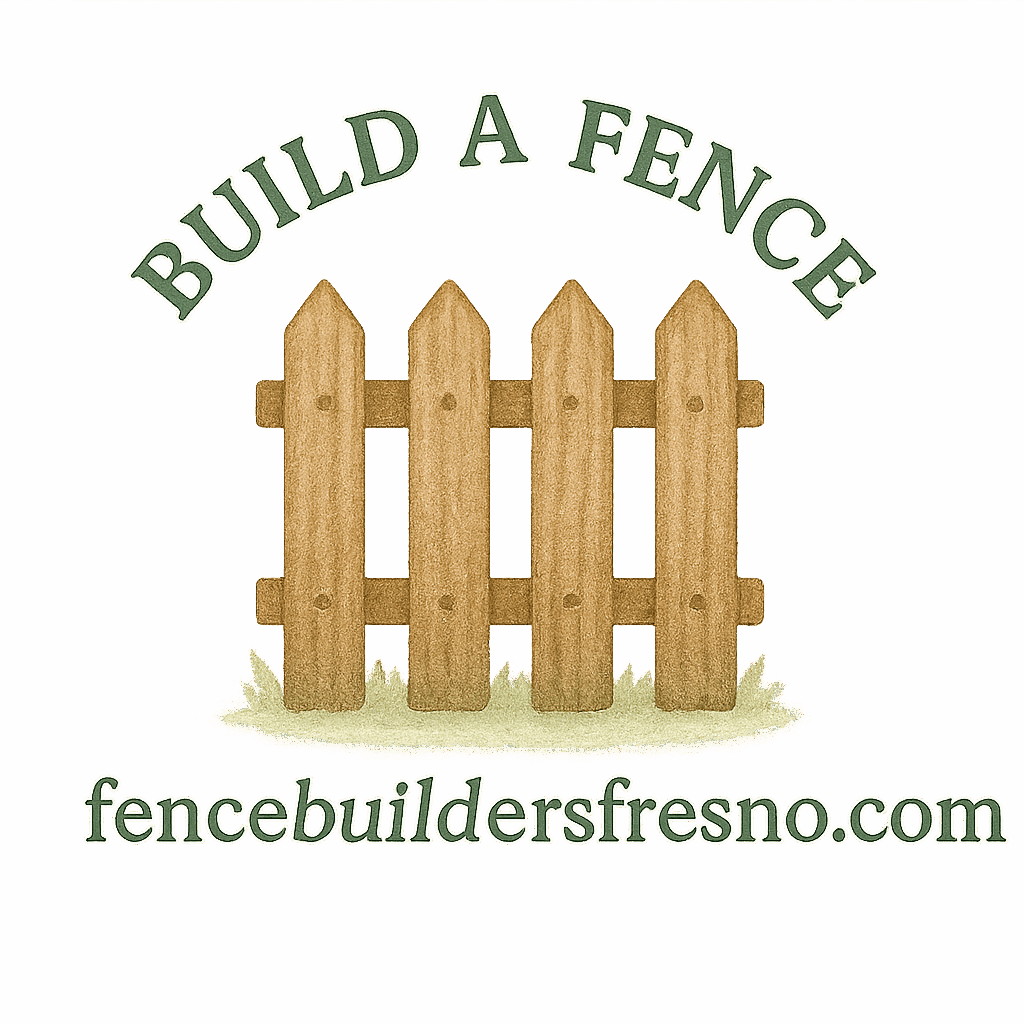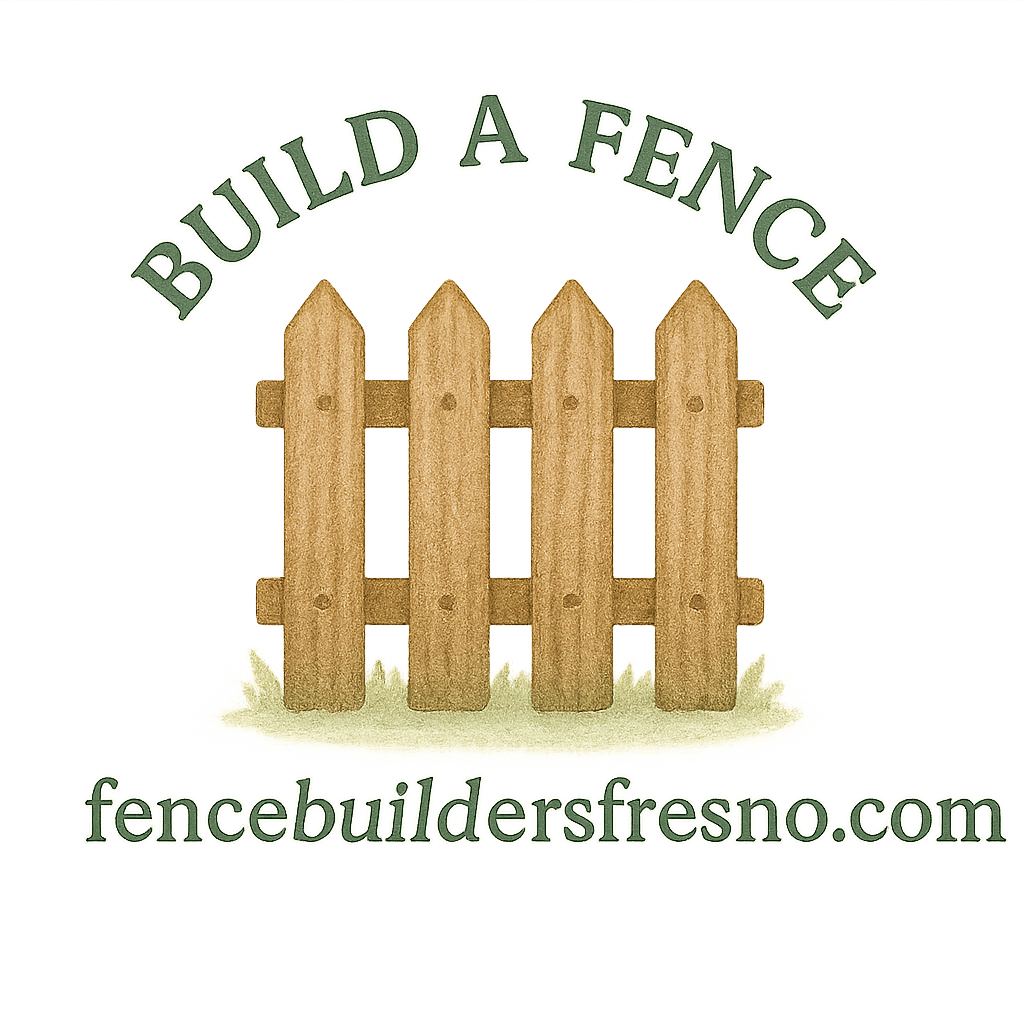Introduction: Why Fence Posts Matter
Fence posts are the unsung heroes of any fencing project. They’re not just support beams – they dictate how durable, secure, and long-lasting your fence will be. Choosing the right fence post can mean the difference between a fence that lasts decades and one that wobbles after the first storm.
Whether you’re planning a DIY fence or hiring a contractor, understanding the types of fence posts and when to use each is key to a successful build. Let’s break it down.
1. Wood Fence Posts
When to Use Wood Posts
Wood fence posts are the classic go-to for traditional wood fence care. They work wonderfully for front yard fences, decorative fences, or privacy fences that blend naturally with your landscaping.
If you’re installing a boundary fence on a residential property, wood is a flexible and attractive option.
Pros and Cons of Wood Posts
Pros:
- Affordable and widely available
- Easy to cut and install
- Visually appealing in natural settings
Cons:
- Susceptible to rot, termites, and weathering
- Requires regular maintenance like staining or sealing
🛠️ Learn more: Fence Maintenance & Repair
2. Metal Fence Posts
When to Use Metal Posts
Metal fence posts are ideal for durable fencing in both residential and commercial properties. If you need strength without sacrificing clean aesthetics, metal’s the way to go.
These posts shine in high-wind areas or for low-maintenance fences like chain-link, ornamental iron, or hybrid wood-metal designs.
Types: Galvanized Steel vs. Aluminum
- Galvanized steel: Extremely strong and resistant to corrosion
- Aluminum: Lighter, rust-proof, and easier to install
⚠️ Tip: Metal posts can be paired with wood panels for a stronger hybrid fence.
3. Vinyl Fence Posts
When to Use Vinyl Posts
Vinyl fence posts are perfect for homeowners who want a clean, modern look without the hassle of constant upkeep. If you’re planning a home fencing upgrade, vinyl is sleek and customizable.
Strength & Maintenance Benefits
- Resistant to rot, mold, and UV rays
- Never needs painting or staining
- Ideal for decorative and privacy fences
🔗 Dive deeper: Fence Types Comparison

4. Concrete Fence Posts
When to Use Concrete Posts
If durability is your top priority, go with concrete. These posts are popular in windy regions and high-traffic areas where strength matters most.
Use them for legal fencing or where vandalism or extreme weather is a concern.
Durability & Wind Resistance
- Immune to rot, insects, and fire
- Heavier, so harder to install solo
- Long-lasting with minimal upkeep
⚠️ Pro Tip: Perfect for fence guide installations that need to withstand wear and tear.
5. Composite Fence Posts
When to Use Composite Posts
Want a modern, sustainable option? Composite posts are made from a blend of recycled plastic and wood fibers. They’re eco-conscious and incredibly resilient.
Ideal for stylish homeowners who want durable fencing that complements modern architecture.
Eco-Friendly & Stylish Choice
- Doesn’t warp or fade
- Low maintenance
- Often comes in sleek colors and finishes
6. Brick or Stone Fence Posts
When to Use Brick or Stone Posts
If you want to make a bold statement or match a historic property, brick or stone posts add luxury and timeless appeal.
Great for decorative fences, gates, and front yard fences where aesthetics matter.
Best for Decorative Fencing
- High-end, eye-catching finish
- Lasts decades with minimal wear
- Requires skilled installation
Comparing Fence Post Types: Quick Overview
| Fence Post Type | Best Use Case | Lifespan | Maintenance |
|---|---|---|---|
| Wood | Traditional yards | 10–15 yrs | High |
| Metal | Windy or industrial | 25–40 yrs | Low |
| Vinyl | Residential privacy | 20–30 yrs | Low |
| Concrete | High-durability need | 40–50 yrs | Very Low |
| Composite | Modern homes | 20–25 yrs | Very Low |
| Brick/Stone | Decorative/Gated | 50+ yrs | Low |
How to Choose the Right Fence Post for Your Project
Consider Local Climate
In wet, humid, or windy areas, opt for posts that resist moisture and high pressure like vinyl, concrete, or metal.
Consider Fence Purpose & Style
Want a boundary marker? Try wood or metal. Going for looks? Vinyl, composite, or stone might be better.
Think About Long-Term Maintenance
Hate maintenance? Go for composite, vinyl, or concrete.
Installation Tips for Each Type of Fence Post
- Always dig at least ⅓ of the post length into the ground.
- Use gravel at the base for drainage.
- For concrete, let it cure for 24–48 hours before attaching panels.
- Use proper spacing guidelines (typically 6–8 feet apart).
🔗 Learn more at: Fence Design & Planning
Maintenance Guidelines and Lifespan Expectations
Regular maintenance can dramatically extend fence life:
- Wood: Treat annually
- Metal: Inspect for rust
- Vinyl: Rinse with water
- Concrete: Minimal upkeep
- Composite: Occasional wipe-down
- Stone/Brick: Check mortar every few years
Common Mistakes to Avoid
- Skipping post depth (hello, leaning fences!)
- Using untreated wood below ground
- Ignoring property lines (can cause costly legal disputes)
Legal Considerations When Installing Fence Posts
Boundary Lines and Fence Encroachment
Installing on the wrong side of the line can trigger fence encroachment disputes. Always confirm your property rights.
Property Rights and Permits
Check city regulations and call before you dig. You may need a permit to build a fence over a certain height.
Visit: Legal & Property Considerations
Conclusion
Picking the right type of fence post isn’t just about the look — it’s about stability, safety, and smart investing. Each material has its time and place, depending on your climate, style preferences, and maintenance goals.
Whether you’re eyeing a DIY fence project or working with a pro, make your choice wisely and your fence will stand strong for years to come.
🔗 Need help? Explore more at Fence Builders Fresno
FAQs
1. What is the strongest type of fence post?
Concrete is generally the strongest and most durable option, especially for high-stress areas.
2. Are vinyl fence posts better than wood?
Yes, for low-maintenance needs and longevity. But wood wins for traditional charm and customization.
3. How deep should I bury fence posts?
At least one-third of the post’s height. For a 6-foot fence, bury 2 feet deep.
4. Do I need concrete for every post?
Not always, but it’s recommended for stability, especially with heavy or tall fences.
5. Can I mix fence post types?
Absolutely! A common example is using metal posts with wood panels for hybrid strength and style.
6. What is the cheapest fence post option?
Treated wood is the most budget-friendly but requires more upkeep.
7. How do I avoid legal issues when placing fence posts?
Confirm boundaries with a survey and review legal fencing laws in your area before installation.


